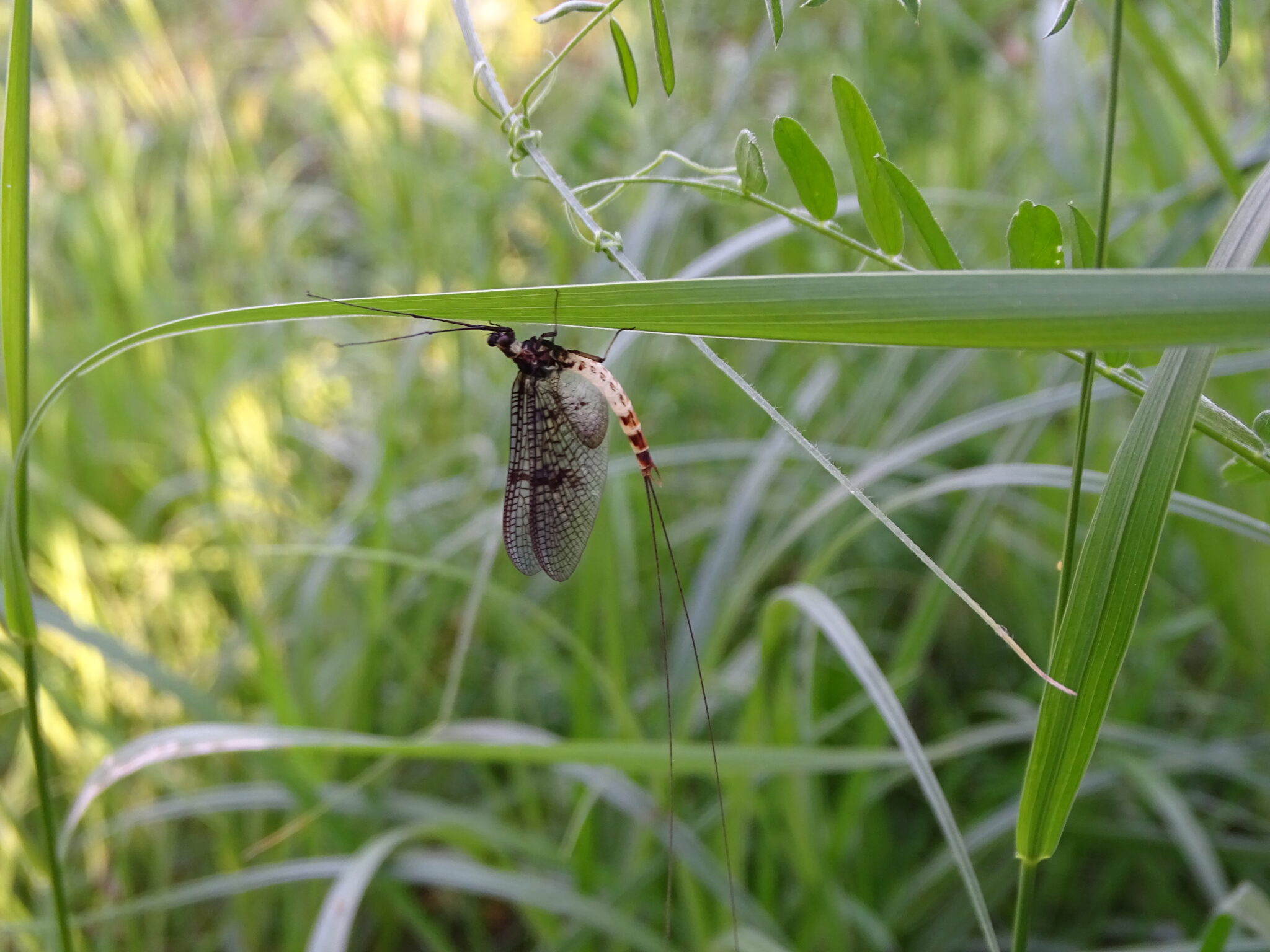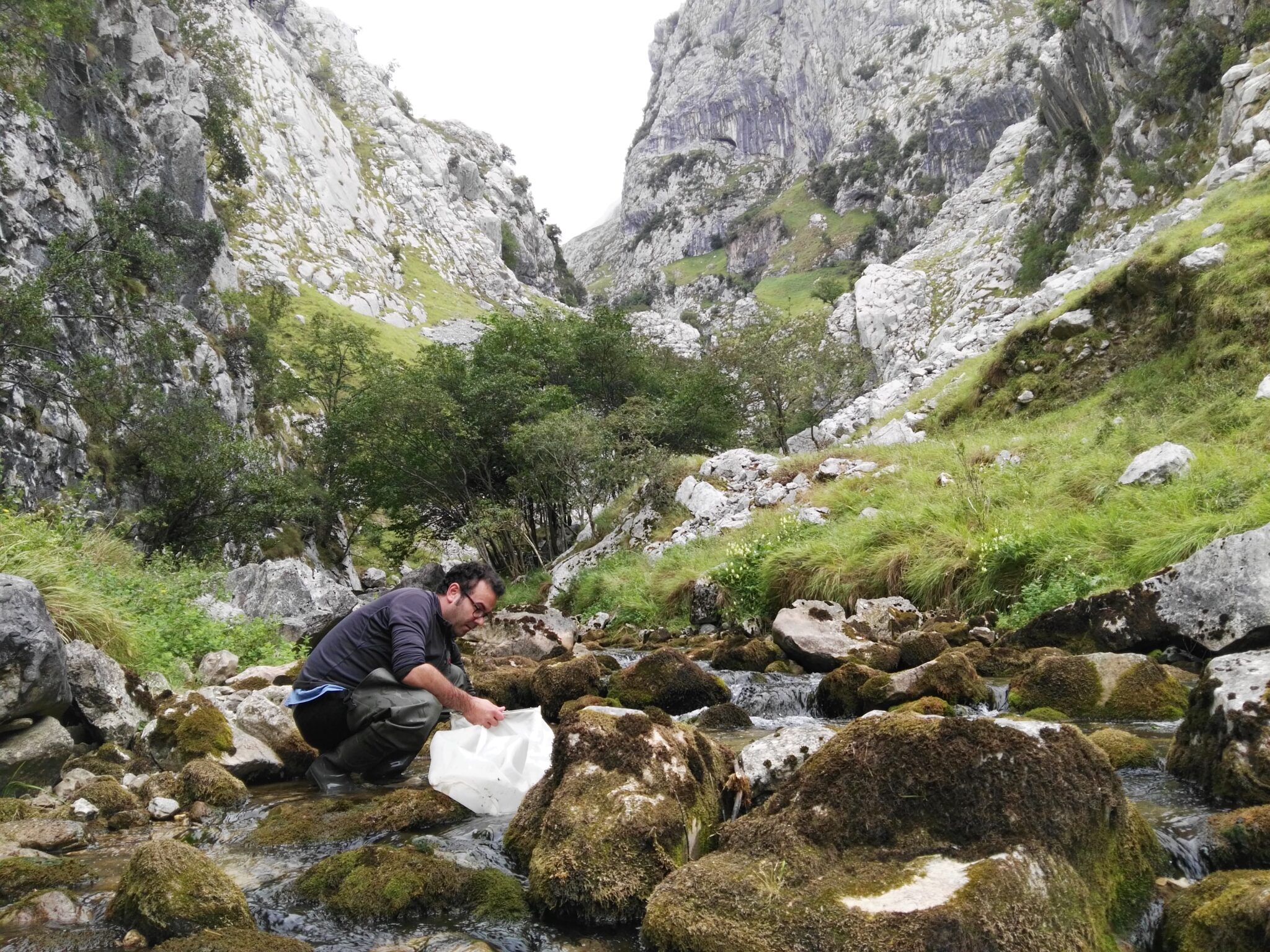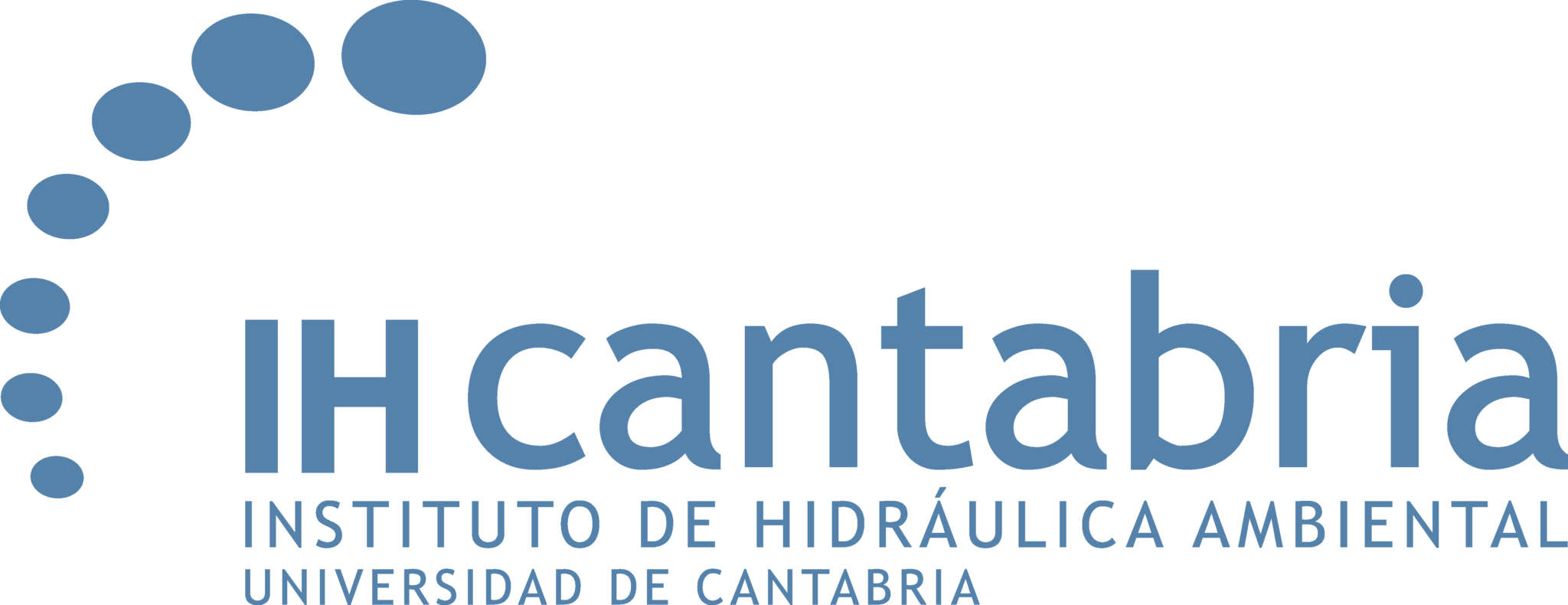NOTICIAS
The Status of Biodiversity in European Waters: First Recovery, then Stagnation

La biodiversidad en los sistemas fluviales de 22 países europeos aumentó significativamente durante un período comprendido entre 1968 y 2020, pero esta tendencia se ha estancado desde la década de 2010. En la imagen, uno de los puntos incluidos en la red de seguimiento de ecosistemas fluviales dentro del Parque Nacional de los Picos de Europa. Foto: IHCantabria.
Researchers from the IHCantabria have participated in a long-term study showing that the recovery of the biodiversity in European rivers has stagnated since 2010. These results have been recently published in the scientific journal Nature
Freshwater invertebrates (for example, insects) are a very diverse biological group playing a key role in the maintenance of river food webs and, therefore, in the conservation of the ecosystem services that these ecosystems provide to human societies, such as water purification or angling. Invertebrates biodiversity have long been a cornerstone of water quality monitoring programs to assess the conservation status of rivers. The work recently published in Nature analyze the evolution of invertebrates biodiversity in European rivers, covering a huge spatio-temporal scale.
This work shows the results of a large research effort developed by an international team of 96 freshwaters scientists, led by Peter Haase (Senckenberg Research Institute) y Ellen A. R. Welt (Smithsonian’s Conservation Ecology Center), with the participation of José Barquín-Ortiz, Mario Álvarez-Cabria y Francisco J. Peñas-Silva, from the Environmental Hydraulics Institute of the University of Cantabria (IHCantabria). The paper highlights the relevance of the long-term monitoring programs of the environment, as essential pieces to assess the influence of human activities in the freshwater biodiversity and the fluvial ecosystems, as well as evaluate the efficiency of the restoration and conservation measures.
Rivers are exposed to various anthropogenic pressures from agricultural and urban land use. They accumulate pollutants, organically contaminated runoff, fine sediments, and pesticides. These ecosystems are further threatened by changes such as dams, water withdrawal, invasive species, and climate change. In response to the poor condition of European rivers, important countermeasures were taken to conserve and restore freshwater habitats, as promoted by the Water Framework Directive. These measures have led, in many cases, to improve the ecological status of European rivers. Unfortunately, the number, diversity and impact of stressors continue to increase, and rivers remain degraded in many places.
Together with a large international team, the researchers from IHCantabria analyzed a comprehensive dataset of 1,816 time series collected between 1968 and 2020 in river systems in 22 European countries, comprising 714,698 individuals of 2,648 taxa from 26,668 samples, including those samples collected in rivers from Picos de Europa and Cordillera Cantabrica by the IHCantabria team. The analyses revealed significant increases in biodiversity prior to 2010. However, Jose Barquin stresses that increases occurred mainly from 1990 to 2010 and, unfortunately, biodiversity has remained at more or less constant levels since then. This observation suggests that the investment in restoration and conservation actions carried out in the last decades are insufficient to recover the European rivers at the present time. Moreover, the study shows that the current cocktail of pressures and impacts combined with the effects of climate change may reverse the positive trends achieved by environmental investments in recent decades.
Therefore, it can be concluded form this study that there still a lot of work remaining to keep on improving the ecological and biodiversity status of European rivers. Substantial investments in environment are needed to maintain and expand wastewater infrastructures, with particular emphasis on removing micro-plastics and new pollutants, as well as reducing inputs of sediment, fertilisers, herbicides and pesticides from agricultural and forestry land, connecting floodplains to the river and improving riparian forests, considering all this in a context of climate change. José Barquín-Ortiz, Mario Álvarez-Cabria and Francisco Peñas-Silva add that the only way to assess the effective recovery of these ecosystems, their biodiversity and the services they provide to human society, in order to prioritize effective management actions, is to maintain funding of long-term monitoring networks to continue collecting biological and environmental data following harmonized and standardized protocols around the world.
The full version of the paper published in Nature is available on: https://www.nature.com/articles/s41586-023-06400-1

Invertebrates, such as this mayfly are important indicators for monitoring water quality. Photo: Senckenberg

The research team analysed 714,698 observations of 2,648 species from 26,668 samples, such as the one collected by the researcher Mario Álvarez-Cabria in the Bulnes River. (Picos de Europa National Park). Photo: IHCantabria



